How To Tie A Knot is a fundamental skill with applications ranging from everyday tasks to critical survival situations. At HOW.EDU.VN, we provide expert guidance to master various knot tying techniques, enhancing your capabilities in practical and professional settings. Learn knot tying basics and discover advanced knotting skills.
1. Understanding the Basics of Knot Tying
Knot tying is both an art and a science, requiring precision and an understanding of the materials involved. Mastering how to tie a knot involves several key aspects:
1.1. Types of Knots
Knots can be broadly classified based on their function:
- Bends: Used to join two ropes together.
- Hitches: Used to attach a rope to another object.
- Loops: Create a loop in a rope, which can be fixed or adjustable.
1.2. Knot Terminology
Familiarizing yourself with knot tying terminology is crucial for understanding instructions and communicating effectively:
- Working End: The end of the rope being used to tie the knot.
- Standing End: The inactive part of the rope.
- Loop: A curve in the rope where the working end crosses the standing end.
- Knot: The completed intertwining of the rope.
1.3. Choosing the Right Rope
The type of rope you choose can significantly impact the strength and reliability of your knots. Common rope materials include:
- Nylon: Strong, elastic, and resistant to abrasion.
- Polyester: Similar to nylon but with better UV resistance.
- Polypropylene: Lightweight and floats, but not as strong as nylon or polyester.
- Natural Fibers (e.g., cotton, hemp): Less durable and prone to mildew, but suitable for decorative purposes.
2. Essential Knots Every Person Should Know
Certain knots are universally useful in a variety of situations. Here are a few essential knots and step-by-step instructions on how to tie them:
2.1. The Square Knot
The square knot, also known as the reef knot, is a simple and effective knot for joining two ropes of similar diameter. It is commonly used for first aid, securing packages, and tying shoelaces.
2.1.1. How to Tie a Square Knot
- Hold one rope in each hand.
- Cross the right rope over and under the left rope.
- Repeat the process in the opposite direction: cross the left rope over and under the right rope.
- Pull both ends tight to secure the knot.
2.1.2. Common Uses for the Square Knot
- Securing bandages
- Tying packages
- Securing light loads
2.2. The Bowline
The bowline is a versatile knot used to create a fixed loop at the end of a rope. It is known for its strength and ease of untying, even after being under tension.
2.2.1. How to Tie a Bowline
- Create a small loop in the rope, with the working end overlapping the standing end.
- Pass the working end up through the loop (“the snake comes out of the hole”).
- Bring the working end around the standing end (“around the tree”).
- Pass the working end back down through the loop (“and back into the hole”).
- Tighten the knot by pulling the working end and the standing end in opposite directions.
2.2.2. Common Uses for the Bowline
- Boating and sailing
- Climbing
- Rescue operations
2.3. The Two Half-Hitch
The two half-hitch is a simple and reliable knot for attaching a rope to a post, ring, or other object. It is easy to tie and untie, making it suitable for temporary attachments.
2.3.1. How to Tie a Two Half-Hitch
- Pass the rope around the object you want to attach it to.
- Bring the working end over the standing end to form a loop.
- Pass the working end through the loop and tighten.
- Repeat the process to create a second half-hitch.
- Pull both ends tight to secure the knot.
2.3.2. Common Uses for the Two Half-Hitch
- Tying boats to docks
- Securing loads to vehicles
- Attaching ropes to trees or posts
2.4. The Double Bowline
The double bowline is a more secure version of the standard bowline, ideal for situations where extra strength and reliability are needed.
2.4.1. How to Tie a Double Bowline
- Create two loops in the rope, one on top of the other.
- Pass the working end up through both loops (“the snake comes out of the hole”).
- Bring the working end around the standing end (“around the tree”).
- Pass the working end back down through both loops (“and back into the hole”).
- Tighten the knot by pulling the working end and the standing end in opposite directions.
2.4.2. Common Uses for the Double Bowline
- Heavy lifting
- Climbing
- Situations requiring maximum security
3. Advanced Knot Tying Techniques
For those looking to expand their knot tying skills, here are some advanced techniques that offer greater functionality and security:
3.1. The Figure Eight Knot
The figure eight knot is primarily used as a stopper knot to prevent a rope from slipping through a hole or device. It is simple to tie and easy to inspect.
3.1.1. How to Tie a Figure Eight Knot
- Form a loop in the rope.
- Bring the working end over and around the standing end.
- Pass the working end back through the loop.
- Tighten the knot by pulling the working end.
3.1.2. Common Uses for the Figure Eight Knot
- Climbing
- Sailing
- Preventing rope slippage
3.2. The Clove Hitch
The clove hitch is a versatile knot used to attach a rope to a post or ring. It is easy to tie and adjust, but can slip under heavy loads if not properly secured.
3.2.1. How to Tie a Clove Hitch
- Pass the rope around the object you want to attach it to.
- Cross the working end over the standing end to form a loop.
- Pass the working end around the object again.
- Tuck the working end under the loop you created.
- Tighten the knot by pulling both ends.
3.2.2. Common Uses for the Clove Hitch
- Mooring boats
- Securing temporary fixtures
- Scaffolding
3.3. The Trucker’s Hitch
The trucker’s hitch is a compound knot used to create a mechanical advantage for tightening ropes, making it ideal for securing loads on trucks or trailers.
3.3.1. How to Tie a Trucker’s Hitch
- Create a loop in the standing end of the rope.
- Pass the working end through the loop.
- Pull the working end to create a pulley system.
- Secure the working end with a half-hitch around the standing end.
3.3.2. Common Uses for the Trucker’s Hitch
- Securing cargo
- Tightening tarps
- Creating tension in ropes
4. Knot Tying for Specific Applications
Different situations call for specific knots that are best suited for the task. Here are some knot tying techniques for various applications:
4.1. Knot Tying for Boating and Sailing
Boating and sailing require a range of knots for various purposes, including docking, anchoring, and sail handling.
4.1.1. Essential Knots for Boating and Sailing
- Bowline: Creating loops for attaching lines to cleats or rings.
- Clove Hitch: Securing fenders to railings.
- Figure Eight Knot: Preventing lines from running out of blocks or fairleads.
- Sheet Bend: Joining two ropes of different diameters.
4.1.2. Tips for Knot Tying on a Boat
- Use marine-grade ropes designed for wet conditions.
- Practice tying knots in various weather conditions.
- Regularly inspect knots for wear and tear.
4.2. Knot Tying for Climbing
Climbing requires specialized knots that can withstand high loads and provide maximum safety.
4.2.1. Essential Knots for Climbing
- Figure Eight Follow Through: Attaching the rope to a climbing harness.
- Bowline: Creating a secure loop for anchors.
- Clove Hitch: Adjusting the length of a tether.
- Prusik Knot: Creating a friction hitch for ascending or rappelling.
4.2.2. Safety Considerations for Climbing Knots
- Always double-check your knots before climbing.
- Use appropriate locking carabiners to secure knots.
- Replace ropes and knots that show signs of wear.
4.3. Knot Tying for Camping and Hiking
Camping and hiking often require knots for setting up tents, securing gear, and creating makeshift shelters.
4.3.1. Essential Knots for Camping and Hiking
- Taut-Line Hitch: Adjusting the tension on tent lines.
- Timber Hitch: Hauling logs or branches.
- Square Knot: Securing bundles of firewood.
- Bowline: Hanging food bags to protect them from animals.
4.3.2. Tips for Knot Tying in the Wilderness
- Use natural materials when possible.
- Learn to tie knots in the dark.
- Carry a small length of rope for emergencies.
5. How to Improve Your Knot Tying Skills
Mastering how to tie a knot requires practice and attention to detail. Here are some tips to help you improve your knot tying skills:
5.1. Practice Regularly
The more you practice, the more proficient you will become at tying knots. Set aside time each week to practice tying different knots.
5.2. Use Visual Aids
Visual aids, such as diagrams and videos, can be helpful for learning new knots. Watch tutorials and refer to knot tying guides to reinforce your understanding.
5.3. Teach Others
Teaching others how to tie knots is a great way to solidify your own knowledge. Explaining the steps to someone else will help you identify any gaps in your understanding.
5.4. Seek Expert Guidance
Consider taking a knot tying class or seeking guidance from experienced knot tiers. Expert instruction can provide valuable insights and help you correct any mistakes.
6. Common Mistakes to Avoid When Tying Knots
Even experienced knot tiers can make mistakes. Here are some common mistakes to avoid when tying knots:
6.1. Tying Knots Too Loosely
Loose knots are more likely to slip or come undone. Always tighten knots securely to ensure they hold properly.
6.2. Using the Wrong Knot for the Job
Different knots are designed for different purposes. Using the wrong knot can compromise its strength and reliability.
6.3. Failing to Inspect Knots
Regularly inspect knots for signs of wear and tear. Replace any knots that are frayed, damaged, or weakened.
6.4. Over-Tightening Knots
Over-tightening knots can damage the rope and make them difficult to untie. Tighten knots firmly, but avoid excessive force.
7. The Importance of Knot Tying in Emergency Situations
Knot tying skills can be invaluable in emergency situations, such as search and rescue operations, first aid, and wilderness survival.
7.1. Search and Rescue Operations
Knots are essential for securing ropes, creating anchors, and lifting or lowering victims.
7.2. First Aid
Knots can be used to create slings, splints, and tourniquets.
7.3. Wilderness Survival
Knots can be used to build shelters, trap animals, and secure supplies.
8. Knot Tying and DIY Projects
Knot tying is not only practical but also useful for a variety of DIY projects.
8.1. Macrame
Macrame is a knot tying technique used to create decorative items, such as plant hangers, wall hangings, and jewelry.
8.2. Paracord Crafts
Paracord is a strong and versatile cord that can be used to create bracelets, keychains, and survival gear.
8.3. Decorative Knots
Decorative knots can be used to embellish clothing, accessories, and home décor items.
9. How HOW.EDU.VN Can Help You Master Knot Tying
At HOW.EDU.VN, we understand the importance of expertise and reliability. That’s why we offer a platform where you can connect with seasoned experts, including PhDs, who can provide in-depth knowledge and personalized guidance in knot tying and various other fields.
9.1. Access to Expert Knot Tying Consultants
Our platform features experts with extensive experience in knot tying, ready to assist with everything from basic techniques to advanced applications. Whether you are a beginner or an experienced practitioner, our consultants can offer tailored advice to enhance your skills.
9.2. Personalized Knot Tying Consultations
We provide one-on-one consultations to address your specific needs. Whether you need help with a particular knot, advice on selecting the right rope, or guidance on using knots in specific situations, our experts are here to help.
9.3. Benefits of Consulting with HOW.EDU.VN Experts
- Expert Guidance: Benefit from the knowledge and experience of seasoned professionals.
- Personalized Advice: Receive tailored recommendations to meet your specific needs.
- Time and Cost Savings: Avoid costly mistakes by getting it right the first time.
- Increased Confidence: Gain confidence in your knot tying abilities with expert support.
9.4. Featured Knot Tying Experts
| Expert Name | Field of Expertise | Credentials |
|---|---|---|
| Dr. Emily Carter | Marine Engineering | PhD in Naval Architecture, Certified Rigger |
| Dr. John Smith | Wilderness Survival | PhD in Outdoor Education, Master Survival Instructor |
| Dr. Alice Johnson | Textile Arts and Crafts | PhD in Fine Arts, Certified Macrame Instructor |

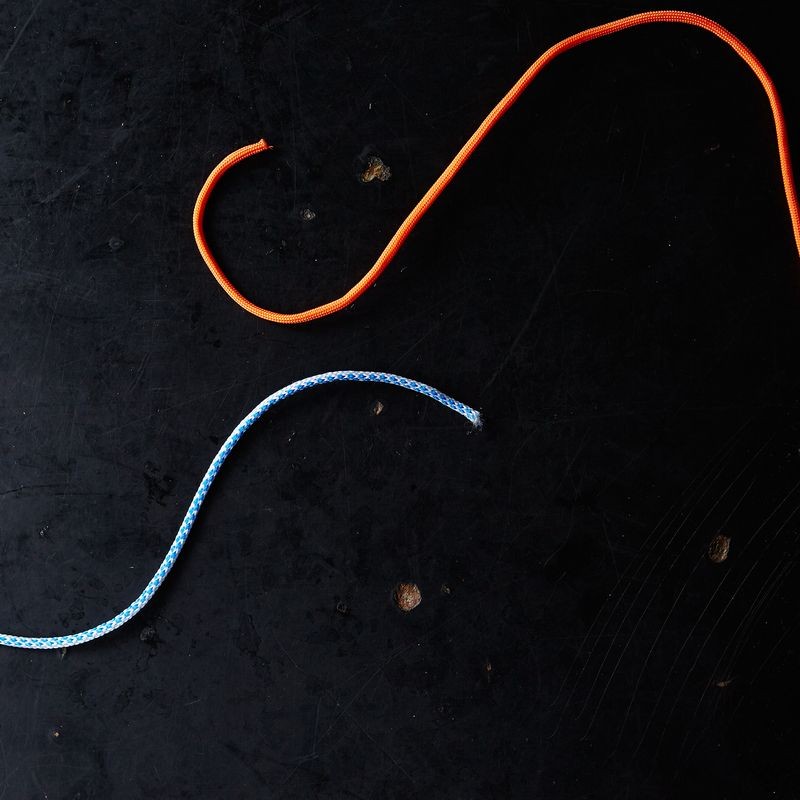
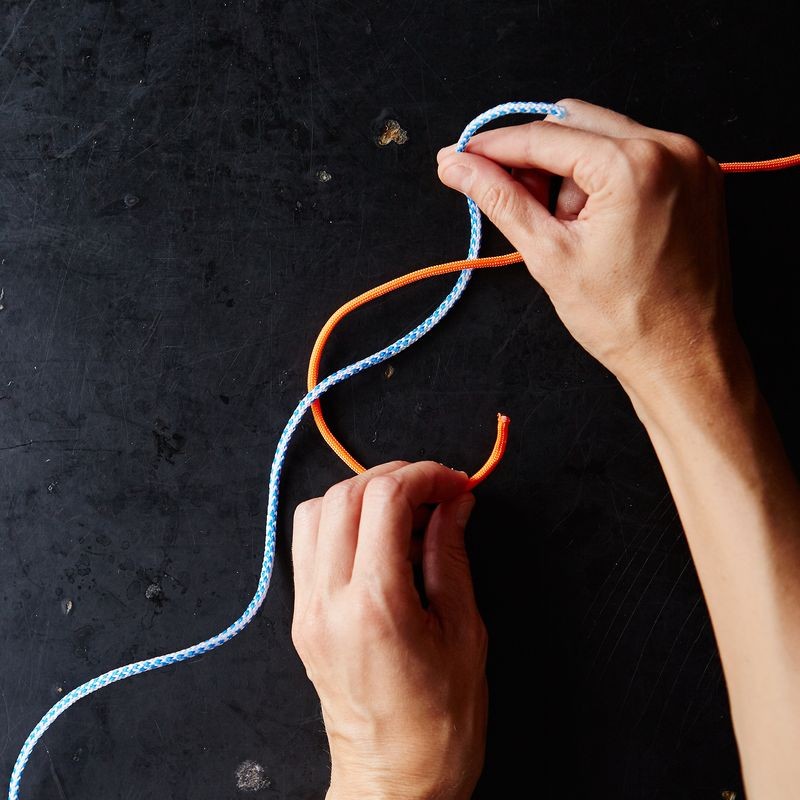
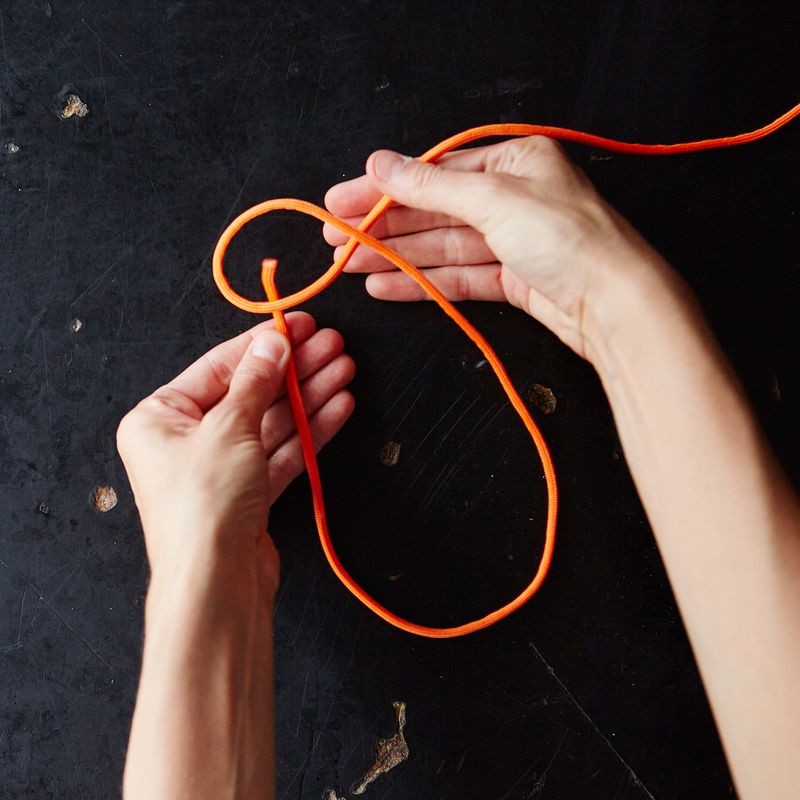
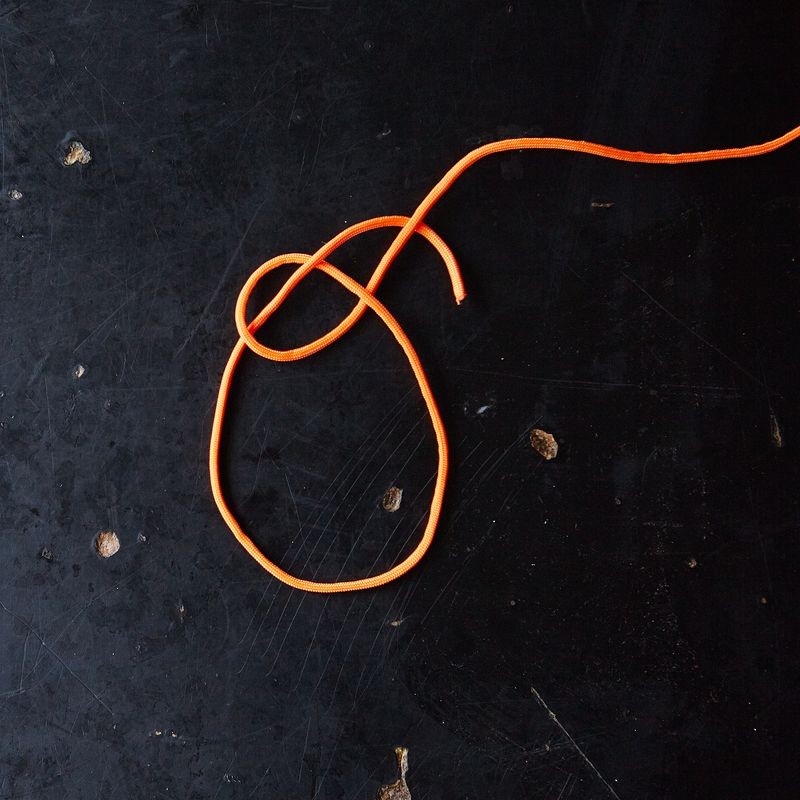
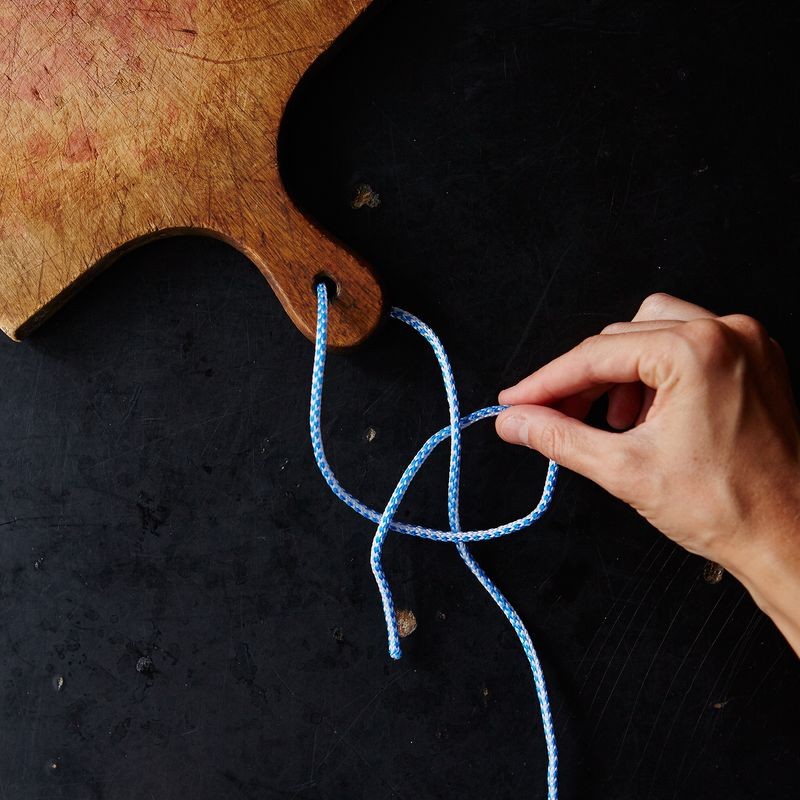
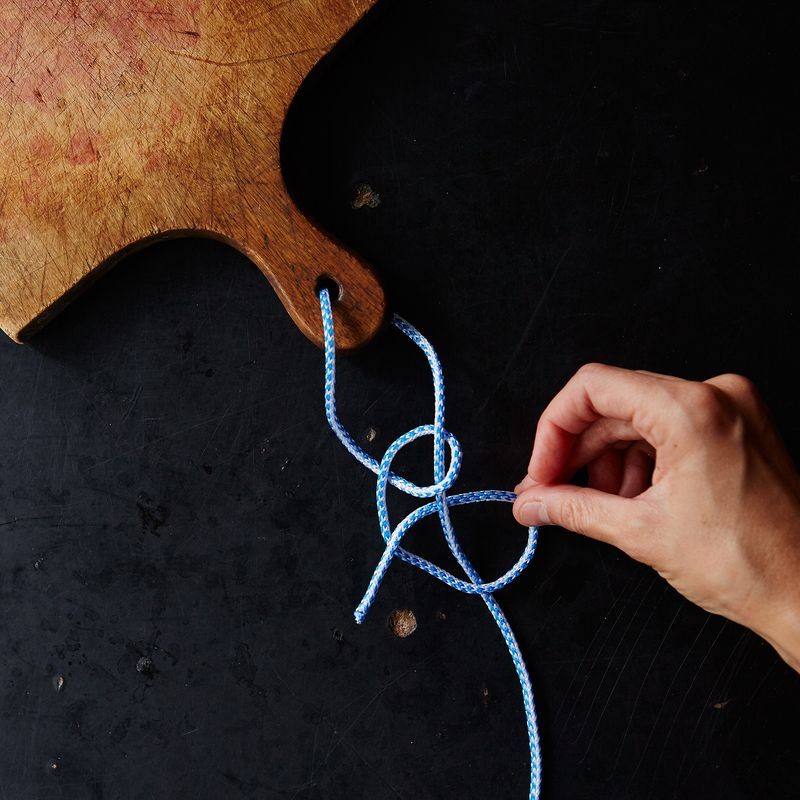
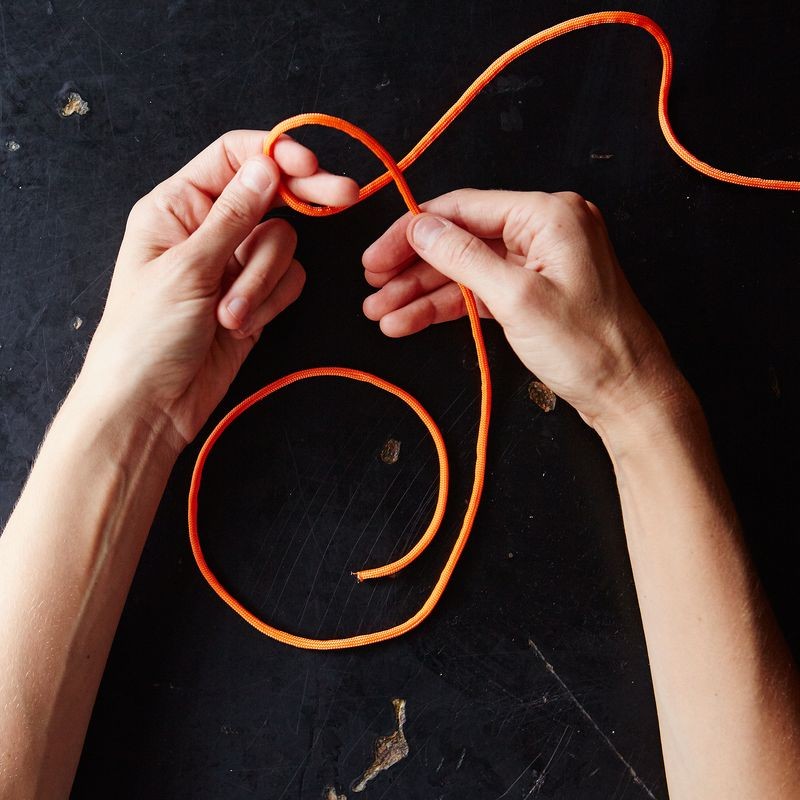
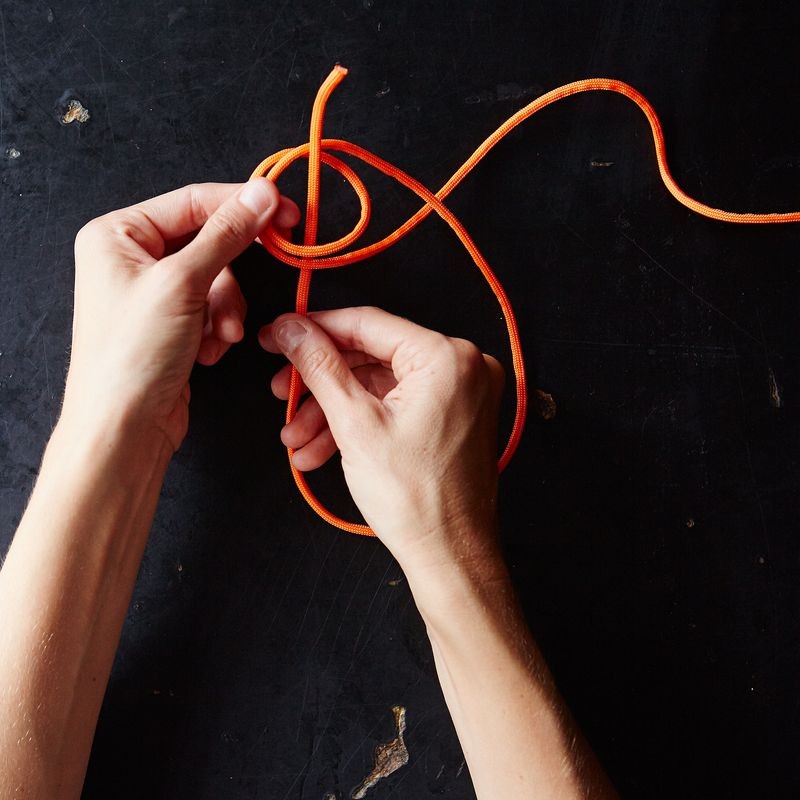
10. Testimonials from Satisfied Learners
Here are what some of our satisfied learners have to say about their experiences with HOW.EDU.VN:
- “I was struggling with the bowline knot until I consulted with Dr. Carter. Her clear instructions and practical tips helped me master it in no time.” – Mark T.
- “Dr. Smith’s guidance was invaluable during my wilderness survival course. His knot tying expertise saved the day more than once.” – Sarah L.
- “I’ve always been interested in macrame, but didn’t know where to start. Dr. Johnson’s personalized lessons made it easy to learn and create beautiful pieces.” – Emily R.
11. Step-by-Step Guide on Booking a Knot Tying Consultation with HOW.EDU.VN
Ready to take your knot tying skills to the next level? Here’s how to book a consultation with one of our expert PhDs:
- Visit HOW.EDU.VN: Navigate to our website.
- Create an Account: Sign up for a free account or log in if you’re already a member.
- Browse Experts: Explore our directory of knot tying experts and view their profiles.
- Select an Expert: Choose the expert that best fits your needs and expertise.
- Book a Session: Schedule a consultation at a time that works for you.
- Prepare Your Questions: Come prepared with specific questions or topics you’d like to discuss.
- Attend the Consultation: Join the online consultation and get personalized guidance from your expert.
12. The Future of Knot Tying
Knot tying continues to evolve with new materials, techniques, and applications. Staying informed about the latest developments can help you enhance your skills and knowledge.
12.1. New Materials
Advancements in rope technology have led to the development of stronger, lighter, and more durable materials.
12.2. Innovative Techniques
New knot tying techniques are constantly being developed to meet the demands of various industries and applications.
12.3. Emerging Applications
Knot tying is finding new applications in fields such as robotics, aerospace, and medical devices.
13. FAQs About Knot Tying
Here are some frequently asked questions about knot tying:
- What is the strongest knot?
- The Palomar knot is often considered one of the strongest knots for fishing lines, while the bowline is strong and reliable for creating loops.
- How can I prevent knots from slipping?
- Ensure knots are properly tightened and consider using stopper knots or more secure variations.
- What is the best rope for knot tying?
- The best rope depends on the application, but nylon and polyester are generally strong and versatile options.
- Can knot tying be used in survival situations?
- Yes, knot tying is crucial for building shelters, securing food, and creating tools in survival scenarios.
- How do I choose the right knot for a specific task?
- Consider the load, environment, and specific requirements of the task when selecting a knot.
- Is it necessary to memorize knot tying steps?
- Memorization is helpful, but understanding the underlying principles of each knot is more important.
- How often should I practice knot tying?
- Regular practice, even for a few minutes each week, can help you maintain and improve your skills.
- Are there any online resources for learning knot tying?
- Yes, many websites and videos offer knot tying tutorials, including HOW.EDU.VN.
- What are the common mistakes to avoid when tying knots?
- Avoid tying knots too loosely, using the wrong knot, failing to inspect knots, and over-tightening knots.
- How can I get personalized knot tying guidance?
- Consult with experts at HOW.EDU.VN for personalized advice and instruction.
14. Conclusion: Unlock Your Potential with Knot Tying Expertise
Mastering how to tie a knot is more than just a practical skill; it’s a gateway to enhanced problem-solving, increased safety, and a deeper connection to the world around you. Whether you’re securing a boat, climbing a mountain, or crafting a DIY project, the ability to tie reliable knots can make all the difference.
Don’t let the complexities of knot tying hold you back. At HOW.EDU.VN, we connect you with the world’s leading experts, including PhDs, who offer personalized consultations and expert guidance tailored to your unique needs. Imagine the confidence and peace of mind that comes with knowing you can handle any situation with skill and precision.
Ready to unlock your full potential? Contact us today to schedule your consultation and discover how our team of over 100 renowned PhDs can transform your skills and empower you to achieve your goals.
Contact Information:
- Address: 456 Expertise Plaza, Consult City, CA 90210, United States
- WhatsApp: +1 (310) 555-1212
- Website: HOW.EDU.VN
Take the first step towards mastering knot tying and experience the unparalleled benefits of expert guidance. Visit how.edu.vn now and connect with the experts who can help you thrive.
